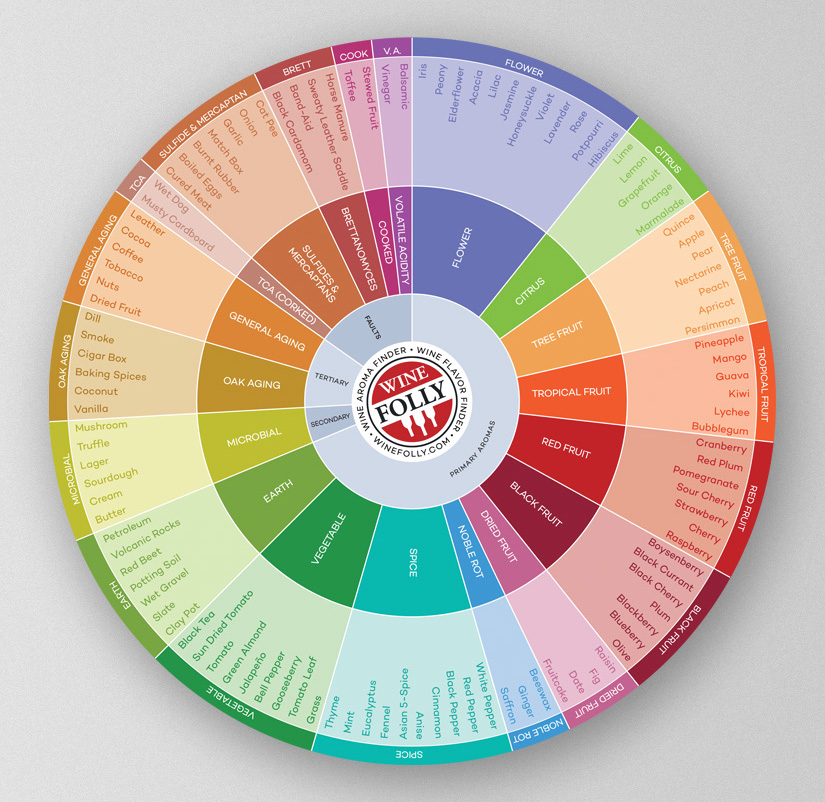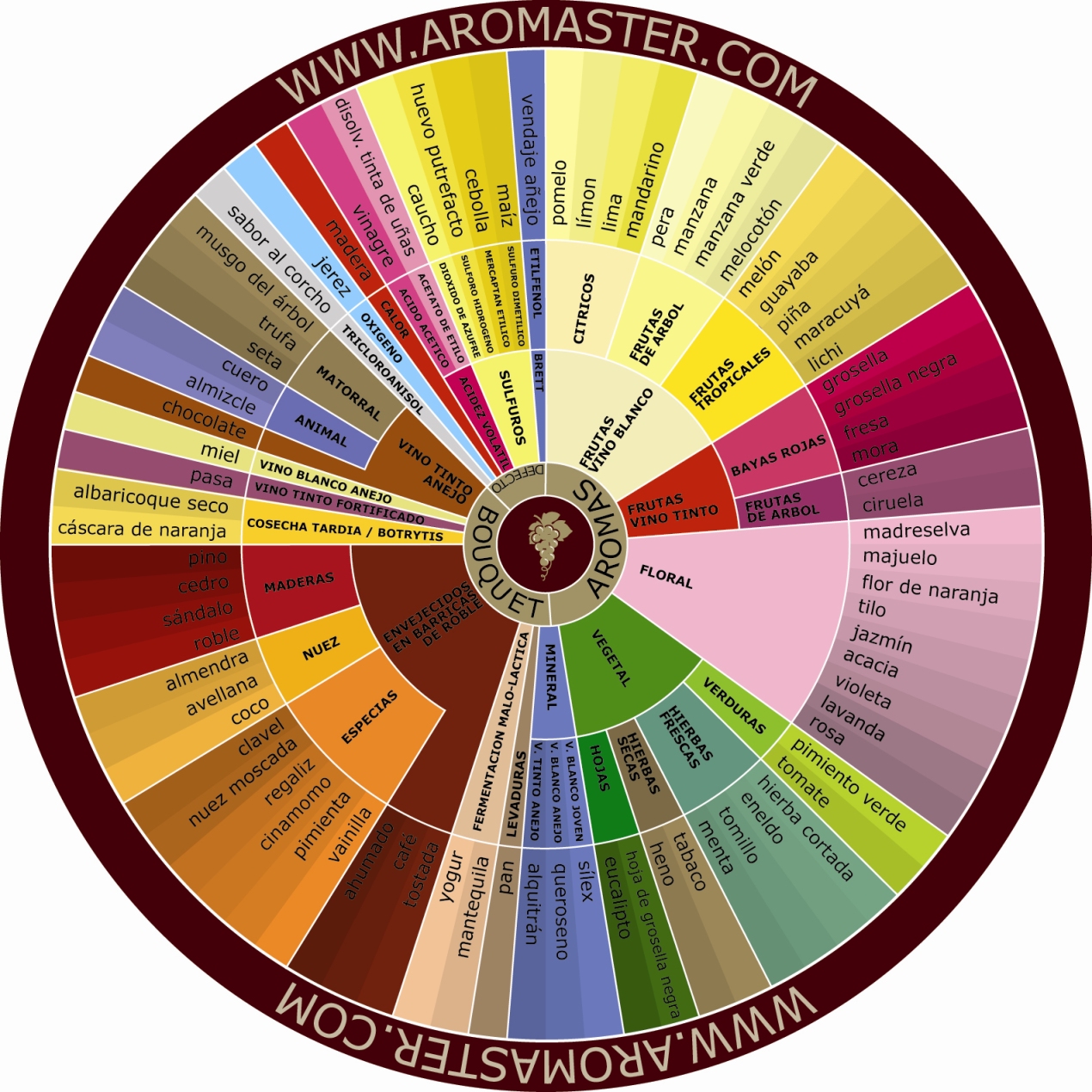Montsant: Estones Set tota la vida
Rosé is a true winemaker’s wine because it’s made by “dying” a wine for only a short time with the skins of red wine grapes. Rosé wines were first popularized in the late 1700’s when French wines imported in England were called “Claret” (sounds like “Clairette”) to describe their pale red color. Today, you can find rosé wines of all styles (sweet or dry) made from many different grapes from Cabernet Sauvignon to Zinfandel (known commonly as White Zinfandel)
What to try
Instead of the sweet version, try a more dry style Rosé to taste its subtle elegant flavors. Some of the most classic versions of dry rosé come from Southern France in Provence and the Pays d’Oc region. The varieties used to make these wines include Grenache, Syrah, Carignan and Mourvèdre -which are all red wine varieties! Since rosé is made everywhere, perhaps stick to one made with one or several of the aforementioned varieties to experience a classic rosé.
A provar: Rosats
Bufanúvols. Empordà.
La Rosa, Cab Sumoi. Penedès.
Ales Roses. San Climent.
Entremellat. Terra alta.
Tipus | Tastar el vi | Rodes dels aromes | Proposta maridatges
9 TIPUS BÀSICS
Vins blancs: lleugers, amb cos, aromàtics
Negres: lleugers, mig cos, cos intens
TASTAR EL VI
1. Look
Check out the color, opacity, and viscosity (wine legs). You don’t really need to spend more than 5 seconds on this step. A lot of clues about a wine are buried in its appearance, but unless you’re tasting blind, most of the answers that those clues provide will be found on the bottle (i.e. the vintage, ABV and grape variety).
2. Smell
When you first start smelling wine, think big to small. Are there fruits? Think of broad categories first, i.e. citrus, orchard, or tropical fruits in whites or, when tasting reds, red fruits, blue fruits, or black fruits. Getting too specific or looking for one particular note can lead to frustration. Broadly, you can divide the nose of a wine into three primary categories:
– Primary Aromas are grape-derivative and include fruits, herbs, and floral notes.
– Secondary Aromas come from winemaking practices. The most common aromas are yeast-derivative and are most easy to spot in white wines: cheese rind, nut husk (almond, peanut), or stale beer.
– Tertiary Aromas come from aging, usually in bottle, or possibly in oak. These aromas are mostly savory: roasted nuts, baking spices, vanilla, autumn leaves, old tobacco, cured leather, cedar, and even coconut.
3. Taste
Taste is how we use our tongues to observe the wine, but also, once you swallow the wine, the aromas may change because you’re receiving them retro-nasally.
– Taste: Our tongues can detect salty, sour, sweet, or bitter. All wines are going to have some sour, because grapes all inherently have some acid. This varies with climate and grape type. Some varieties are known for their bitterness (i.e. Pinot Grigio), and it manifests as a sort of light, pleasant tonic-water-type flavor. Some white table wines have a small portion of their grape sugars retained, and this adds natural sweetness. You can’t ever smell sweetness though, since only your tongue can detect it. Lastly, very few wines have a salty quality, but in some rare instances salty reds and whites exist.
– Texture: Your tongue can “touch” the wine and perceive its texture. Texture in wine is related to a few factors, but an increase in texture is almost always happens in a higher-alcohol, riper wine. Ethanol gives a wine texture because we perceive it as “richer” than water. We also can detect tannin with our tongue, which are that sand-paper or tongue-depressor drying sensation in red wines.
– Length: The taste of wine is also time-based, there is a beginning, middle (mid-palate) and end (finish). Ask yourself, how it takes until the wine isn’t with you anymore?
4. Think
Did the wine taste balanced or out of balance (i.e. too acidic, too alcoholic, too tannic)? Did you like the wine? Was this wine unique or unmemorable? Were there any characteristics that shined through and impressed you?
Roda dels aromes 1

Roda dels aromes 2

Ochoa. Moscatell
Porto Tawny Ramon Pinto. 15€ al Lusitano
In the mid to late 1800’s, sweet wines were more popular than dry wines. In fact, several of the most exalted wines in the world, from Sauternes in Bordeaux to Essencia from Hungary, are practically as thick as maple syrup. Dessert wines today now range from dry to sweet and are some of the boldest, most intensely flavored (and aromatic) wines in the world.
What to try
There are many different types of dessert wines to explore however, if you can start with a Port or a Sauternais-styled wine (a late harvest white wine), you’ll have a great preview of what dessert wines can offer.
Bertha
Varias. Al·legoria (Berral i Miró). Reserva, bombolla petita
A provar:
AT Roca brut reserva
Vilarnau Brut
DE nit. Conca del riu Anoia
De la finca conca del riu Anoia
Can Sumoi
Lleugers, amb cos, afruitats
[Sauvignon blanc / Chardonnay més cos una mica mantega)
Blancs lleugers
Background
These light easy-drinking dry white wines are some of the most-sold wines in the world (even if red wines get more attention). Light whites are like the “beer of wine” and, for this reason, they are perfect to drink with most foods. Some of these wines are perfect for savory lovers (like Sauv. Blanc and Grüner) with green herbal flavors of gooseberry and bell pepper.
What to try
Wines that fit into this category include Pinot Gris (aka Pinot Grigio) and Sauvignon Blanc but they also include many lesser known wines like Grüner Veltliner, Albariño and Soave (“swah-vay”). I would highly recommend looking for a wine from a cool climate region (imagine the places with a rainy month of June). Cool climates produce some of the best examples of this light, zesty style.
Sauvignon blancs: fresc, sec, aromàtic, originari de la Loire.
Gotim Bru Castell del Remei (molt equilibrat, perfecte, sauvignon blanc i macabeu)
Rueda
Blancs amb cos
Full-bodied white wines are perfect for red wine lovers because of their rich smooth taste with subtle creaminess. What makes them different than light white wines usually involves special winemaking techniques including the use of oak-aging, (just like aged whiskeys, wine becomes smoother with barrel aging too).
What to try
The classic choice for this wine is Chardonnay and particularly Chardonnay from a warmer climate (like California, Spain or Italy). Beside Chardonnay, another great option in this style is Viognie.
Chardonnay: Més rodó i avellutat, variant segons on es cultiva, originari de la Borgonya. Si vous recherchez un vin blanc vif et aromatique, optez pour le Sauvignon. En revanche, si vous préférez un vin blanc plus rond et élégant, le Chardonnay est fait pour vous. [Té un aroma molt penetrant, més “fum” contraposat a l’afruitat lleuger del Rueda]
Abadal Picapoll: un blanc del Bages de gust intens, equilibrat, 8.65 €
Cooperativa l’olivera: Missenyora (macabeu) 13.35€, Agaliu (macabeu més afruitat) 11.10€
Magenc 2016 Cellers de’n Guilla D.O. Empordà. 8.45€
Sumarroca chardonnay. Ramon Roqueta Chardonnay
Clot encís
Jardins Perelada
Blancs afruitats
Background
Aromatic grapes are some of the oldest wine varieties in the world. In fact, Cleopatra is noted for her love of Muscat of Alexandria from Greece–a lovely rich aromatic white wine. These wines have explosive, almost perfumed, aromas that spring out of the glass into your nose. They can be either dry or sweet, but most will taste a touch sweet due to all those perfume-y aromas.
What to try
There are many great aromatic wines to try, and most are shockingly affordable. A few examples of these include Moscato d’Asti, Gewürztraminer, Torrontés (great if you like a more dry style), and Riesling.
Extríssim Bach
Gessamí, Gramona. Afruitat.
A provar
Afruitats: Bufanúvols. Empordà.
Garri. Conca de Barberà.
Perfum. Can Sumoi. Penedès.
Leon Beyer. Alsacia
Blancs amb cos
Terra remota Caminante. EMpordà
Louis Latour. Bourgogne. Chardonnay.
Simonet Febvre petit Chablis. Borgonya.
Conca de Barberà: Gatzara, SCP Montblanc (Montblanc 362 5€), Trepat 2014.
Costers del Segre: Gotim bru, Castell del Remei
Empordà: 5finques Perelada (intens, ric, 13€), 3Finques Perelada
Montsant:
Terra Alta: CLOT, Garnatxa, syrah, carinyena
Alemanys: Müller thurgau Oberrotweiler Käsleberg, WG Oberrotweil, Kais
Negre lleuger
Light-bodied red wines are typically pale in color (you can see through them in a glass) and have very light tannin. FYI, tannin tastes astringent in wine and dries your mouth out in the same way that putting a wet tea bag on your tongue would. For this reason, light red wines are some of the most coveted wines in the world.
What to try
The classic light red wine that most people know is Pinot Noir but, besides that, Gamay Noir is another great wine to try in this category. Gamay is most known by the name of a region where it grows called Beaujolais.
Negre mig cos
Medium red wines are what I like to call “food wines.” They offer up tons of flavor with a balance of zesty acidity which makes them match with a wide variety of foods (from zesty salads to rich and cheesy lasagna). These are the perfect mid-week wines for red wine lovers.
What to try
There are many varieties that span the mid-weight red wine category so, to name a few familiar ones, check out Grenache, Sangiovese, Merlot, Zinfandel, Montepulciano, Cabernet Franc and Barbera.
Negres amb cos
Medium red wines are what I like to call “food wines.” They offer up tons of flavor with a balance of zesty acidity which makes them match with a wide variety of foods (from zesty salads to rich and cheesy lasagna). These are the perfect mid-week wines for red wine lovers.
What to try
There are many varieties that span the mid-weight red wine category so, to name a few familiar ones, check out Grenache, Sangiovese, Merlot, Zinfandel, Montepulciano, Cabernet Franc and Barbera.
A provar
Negres afruitats mig cos
Bufanúvols barrica Emporda
Tresvins Cantenys saba
Negres amb cos
Bufaforats criança. Empordà
Camino de terra remota. Empordà
Clos Adrien de la terra remota
Desea Empordà
Arketipo Empodrà
Sota dels àngels
Apoikia
Dido de Venus la universitat
Martinet Bru de Mas MArtinet
Aitó Siós